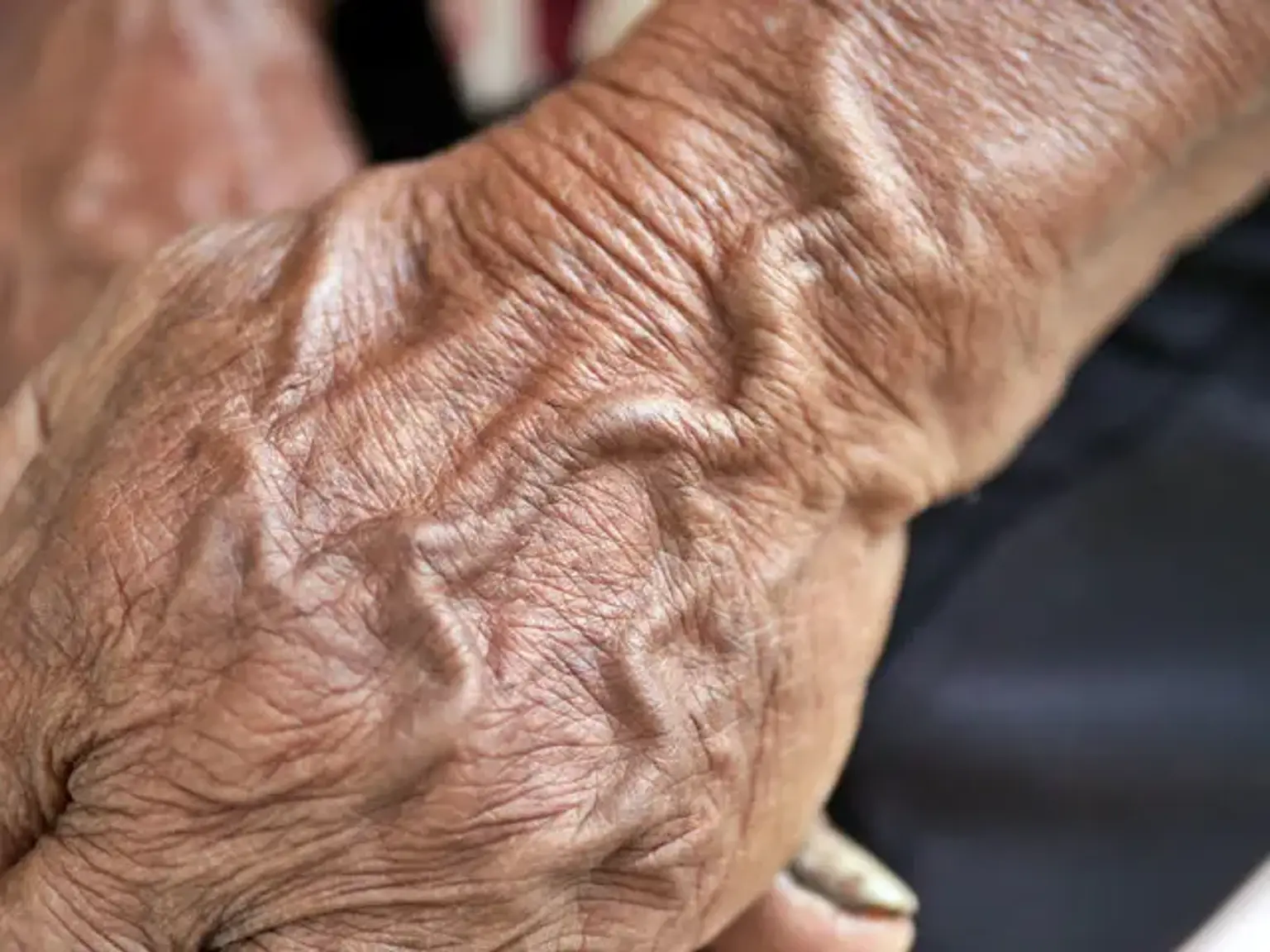Aging of veins
Various physiological mechanisms are deteriorating with aging. Vascular aging is connected with changes in the mechanical and structural features of the vascular wall, which results in decreased arterial and venous elasticity and compliance.
The change in the mechanical and structural characteristics of the arterial and venous wall is the most evident feature of vascular ageing. Vessels contain inherent and functional qualities that are affected by stress and hormonal changes throughout their lives. Modifiable cardiovascular risk factors such as hypertension, obesity, smoking, and lifestyle, as well as non-modifiable risk factors such as age, genetics, and family history, alter these features.
One of the most significant cardiovascular risk factors is aging. Genetic, mechanical, and hemodynamic variables all play a role in vascular aging. The latter is supported by the fact that age-related alterations in capillaries and veins, which are less susceptible to changes in plasticity and blood pressure, are less prominent or even non-existent.
In large resistance vessels, age-related morphologic changes include intima-media thickening and increased matrix material deposition, ultimately leading to decreased compliance. Vascular aging is characterized mostly by decreased endothelial-dependent vasorelaxation. The expression of endothelial nitric oxide synthase, which produces vasodilatatory nitric oxide, increases with age.
